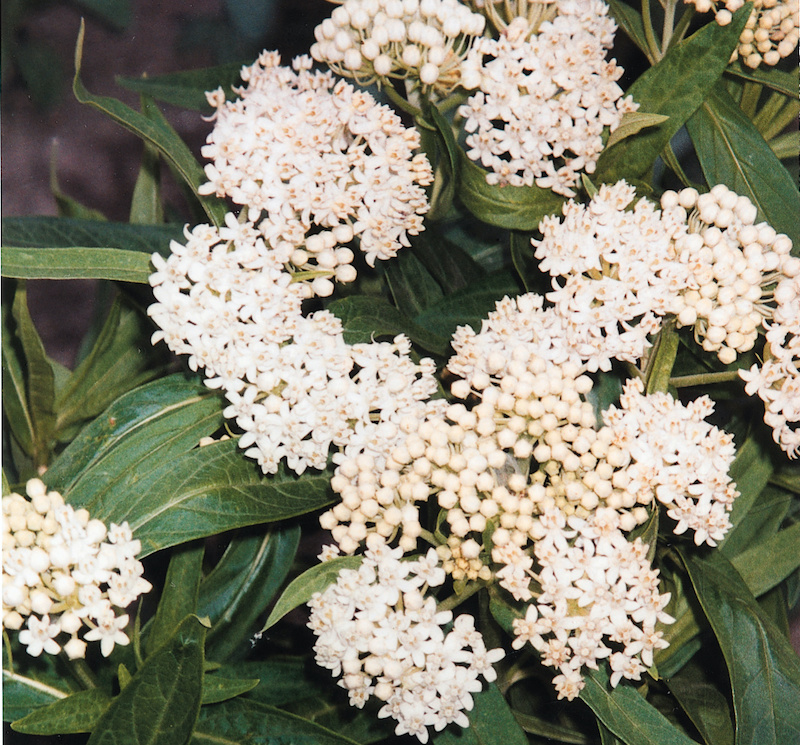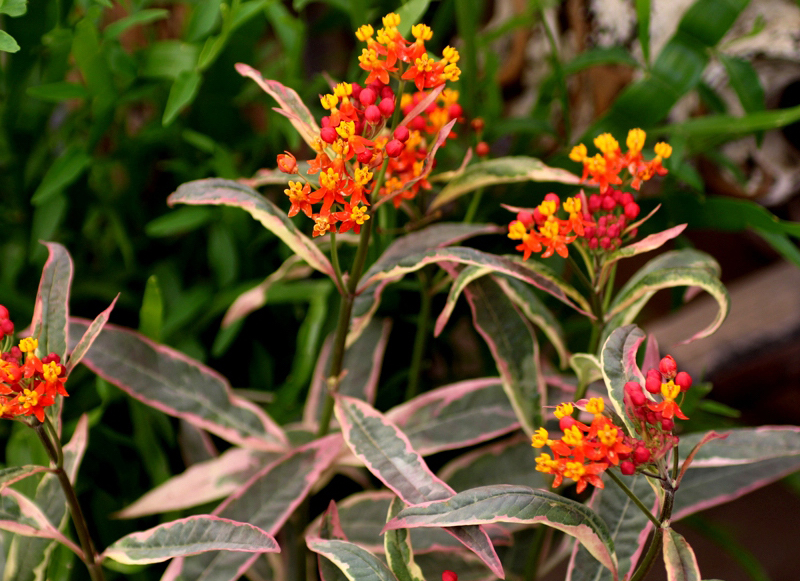Milkweed can grow well in pots. As a perennial, this plant is more common in a bed or border, but both native Milkweed and tropical Milkweed can grow in pots or containers. This plant has an upright growth habit, making it an excellent option for a large container on a deck or patio. Butterflies are drawn to the flowers, so place potted plants near the edge of an outdoor space so the blooms are accessible to visiting butterflies. Milkweed plants in containers need full sunlight and will need water more often than plants grown in the ground.

Planting Milkweed in Pots
New growth emerges when the weather turns warm, making spring the best time to plant Milkweed in pots. Place the pot in a sunny spot that receives full sunlight. One plant can live in a 14- to 16-inch container. Milkweed plants do not like to be soggy, so the pot must have drainage. Planters can be made from any material.
Best Soil For Milkweed in Pots
Milkweed plants can handle low-quality soil, but plants grown in containers need rich, fertile soil. Soil with high organic content supports sustained growth. Since potted plants need to be watered more often, the nutrients will be leached from the soil. Using rich soil will encourage more growth. Repot with rich potting soil yearly or top-dress the soil with organic mulch or compost.
Caring For Milkweed in Planters
Milkweed is a medium-sized plant that will grow 3 to 4 feet tall and up to 2 feet wide. Potted Milkweed plants can be grown in a large container and used to anchor a patio design or introduce color to a deck. Native and tropical Milkweed are low-maintenance plants, but plants grown in containers need a bit more care when it comes to watering.
Watering Milkweed in Pots
Plants grown in containers need water daily or every couple of days. Drainage holes are necessary to ensure the plants do not sit in standing water, but this causes the soil to dry out more quickly. It is not necessary to water if it has recently rained, but once the soil dries out, saturate the soil until excess water drains through the container. Milkweed is drought tolerant, but plan to frequently water plants in containers.
Fertilizing Milkweed in Pots
Milkweed is not a heavy feeder, but plants grown in containers can benefit from applying fertilizer. Use a balanced, water-soluble fertilizer once a month during the growing season to encourage new growth and abundant blooms.
Winter Care For Milkweed in Pots
Native Milkweed is a herbaceous perennial, and the growth can be trimmed back in the fall. The container should be moved to a protected place, like a shed, garage, or basement, to protect the roots from the extreme winter chill. Tropical Milkweed will continue to grow in warm regions, but trimming the growth back is beneficial for Monarch butterfly populations.

Growing Milkweed Indoors
Milkweed is not commonly grown as a houseplant. It is best to trim the growth back in the fall, resulting in a plant with little visual appeal as a houseplant. Herbaceous plants need rest, while tropical plants can live in warm environments, but letting these amazing plants start the spring with new growth can help support migrating butterflies.
 |
Author Alison Cotsonas - Published 08-07-2022 |
